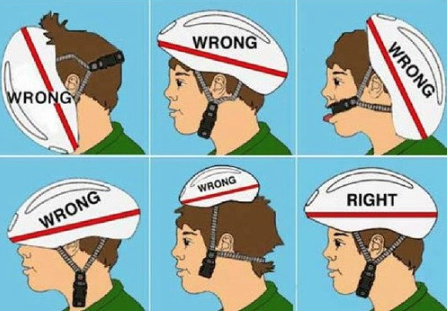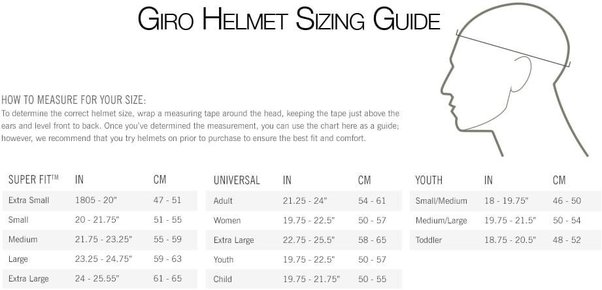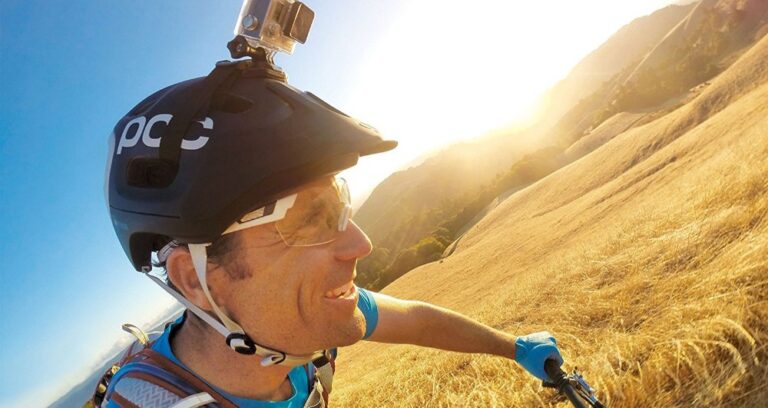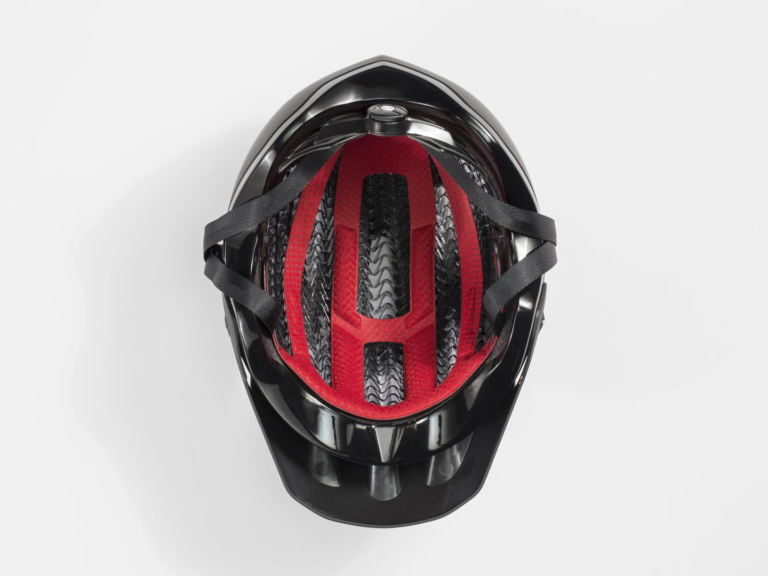How to Measure for a Bicycle Helmet

Choosing the right bicycle helmet is about more than just style and color. It’s about ensuring your safety while you’re on your bike, whether you’re a serious cyclist or a casual rider. This comprehensive guide will show you how to measure for a bicycle helmet, choose the right style, and ensure the perfect fit.
The Critical Role of Helmet Size in Your Safety
A helmet is your first line of defense in an accident, and its effectiveness greatly relies on its fit. A helmet that doesn’t fit correctly can shift and will not provide optimal protection during a crash. It could even come off altogether. In contrast, a helmet that fits well will remain secure on your head, providing the much-needed protection in case of an accident.
Furthermore, comfort is another critical factor. A helmet that is too tight or too loose can cause discomfort that might discourage you from wearing it regularly. After all, a helmet can only protect you if you wear it. To that end, understanding how to measure and fit a bicycle helmet correctly is vital.
Simple Steps to Measure Your Head for a Bike Helmet
Before you can start looking for a helmet, you need to know the size of your head. The process is straightforward.
To measure your head for a bike helmet, you will need a flexible tape measure. Follow these steps:
- Wrap the tape measure around the fullest part of your head. This is typically about an inch above your eyebrows, which ensures that your forehead, a critical area of your head that needs protection, will be covered.
- Take note of the measurement. It might be helpful to write it down so you can refer back to it when needed.
Understanding the Bicycle Helmet Size Chart
Once you have your head mesurement, you need to understand how to translate that into the correct helmet size.
Most helmet manufacturers provide a size chart that correlates head measurements with helmet sizes. These sizes typically fall into the categories of small, medium, and large, with corresponding measurements in inches and/or centimeters.
For instance, a small size might correspond to a head measurement of 20-21.75 inches (51-55 cm), medium might be for 21.75-23.25 inches (55-59 cm), and large might be for 23.25-24.75 inches (59-63 cm).
It’s important to remember that sizing can vary between brands, so it’s always a good idea to check the size chart for each brand you are considering.
How to Measure Your Bike Helmet Size for a Perfect Fit

When you have your measurement and corresponding size, the next step is to try on the helmet. However, it’s not just about placing it on your head. You need to check its fit by observing:
- Positioning: The helmet should sit level on your head, covering the forehead without tilting forward or backward.
- Straps: The chinstrap should be snug but comfortable, forming a “Y” shape under each ear.
- Comfort: The helmet should feel comfortable and secure. There should not be any pressure points.
By carefully observing these points, you can ensure that your helmet will stay secure and comfortable on your head.
Comprehensive Guide to Fit Your Bike Helmet
A well-fitted helmet is not only safer, but it is also more comfortable to wear, which can encourage you to use it regularly. Here’s how to do it:
- Positioning: Place the helmet on your head, ensuring it’s level and covering the forehead up to about an inch above the eyebrows.
- Adjusting the Straps: Adjust the slider on both straps to form a “V” shape under, and slightly in front of, the ears. Buckle and tighten the chin strap, leaving room to fit one or two fingers between the strap and your chin.
- Checking the Fit: Shake your head side-to-side and front-to-back. The helmet should stay in place.
This step-by-step guide can help you ensure that your helmet is fitted correctly, providing maximum protection and comfort.
Balancing Size, Fit, and Style for Your Bike Helmet
Finding the right helmet isn’t just about the correct size. It’s also about finding the right style for your biking habits. Different types of biking require different types of helmets.
For example, road cyclists might prefer lightweight, aerodynamic helmets, while mountain bikers might need helmets with more coverage. Commuters might prefer helmets with added features like built-in lights or rain visors.
Consider the following factors: ventilation (more vents mean better airflow), visors (useful for blocking sunlight and rain), and any specific needs you have (like space for glasses or a ponytail).
And of course, don’t forget about the look. A helmet that you find visually appealing is a helmet you’ll be more likely to wear consistently.
Tips for Sizing a Bike Helmet

Different cyclists have different needs, and this includes adults and children. Children’s helmets usually come with extra padding that can be added or removed to accommodate a growing child. Always make sure to adjust the helmet size for growth and comfort. The same principles of fitting apply to children’s helmets as to adults’ helmets.
If you have worn your helmet in an accident, or it shows signs of wear and tear, it’s time for a replacement. Even if the helmet looks fine, it might have suffered invisible damage that compromises its effectiveness. Regularly checking your helmet for damage and replacing it when necessary is an essential part of bike safety.
Conclusion: Safeguard Your Rides with the Right Helmet

Wearing a bike helmet is a simple yet crucial step in ensuring your safety. Understanding how to measure for a helmet and adjust it for a perfect fit is vital. Remember, a properly fitted helmet can make a significant difference in the event of a bike accident.
So, take the time to measure, try different helmets, adjust for a perfect fit, and select a style that you love. After all, a helmet is more than just an accessory—it’s a lifesaver.
Stay Safe! John
Useful Links
The Best Cross Country Bike Helmets
The Best Downhill Bike Helmets
Frequently Asked Questions
How do I know what size bike helmet I need?
A: To know the size of the bike helmet you need, you have to measure the circumference of your head. Use a flexible tape measure and wrap it around the fullest part of your head, about an inch above your eyebrows. Compare this measurement with the helmet manufacturer’s size chart to find the corresponding size.
Q: How do I choose the right size helmet?
A: After determining your size based on your head measurement, try the helmet on. It should be snug but comfortable, sit level on your head, and not shift when you move your head side to side or front to back.
Q: Should I size up for a bike helmet?
A: No, you should choose a helmet that fits your head circumference correctly. A helmet that is too big will not protect you effectively. However, if you are between sizes, try both and choose the one that fits best, taking into account any adjustability in the helmet.
Q: What size helmet do I need for a 21-inch head?
A: Generally, a 21-inch head would fall into the ‘medium’ category for most bike helmets, but this can vary between brands. Always use the manufacturer’s size chart to make sure.
The perfect helmet size, fit, and style are fundamental to your enjoyment and safety when biking. A helmet is a crucial element of cycling safety, so it’s worth taking the time to find the right one.
John






